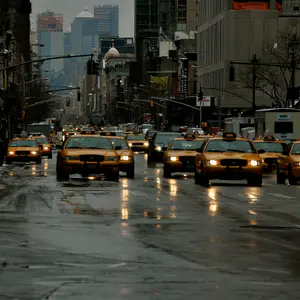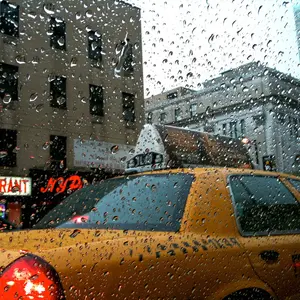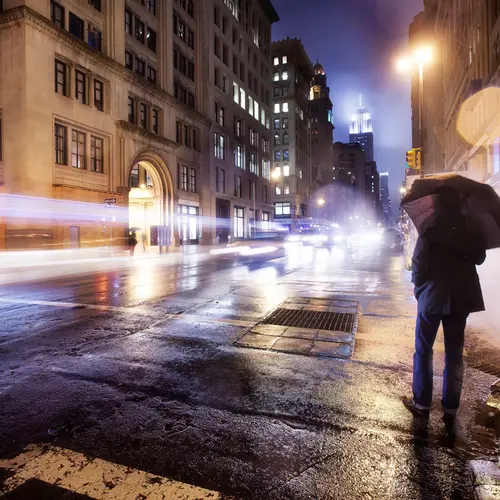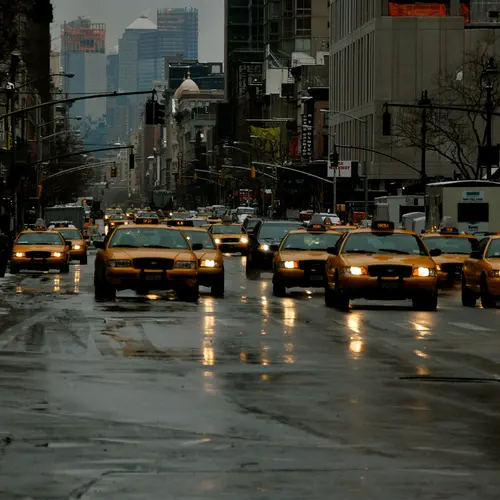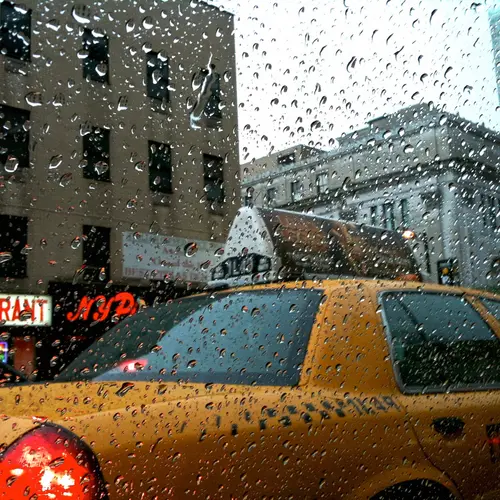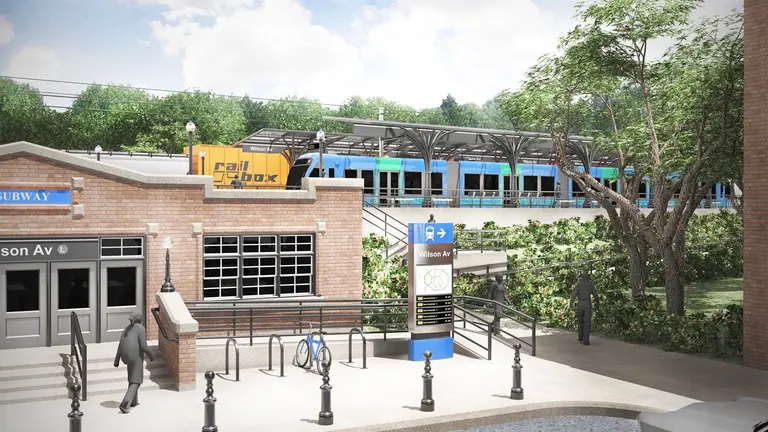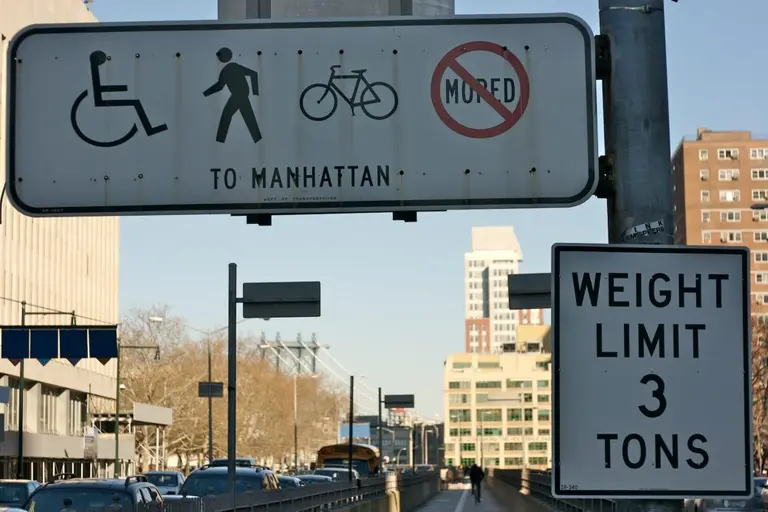Why You Can’t Find a Cab in NYC When it Rains
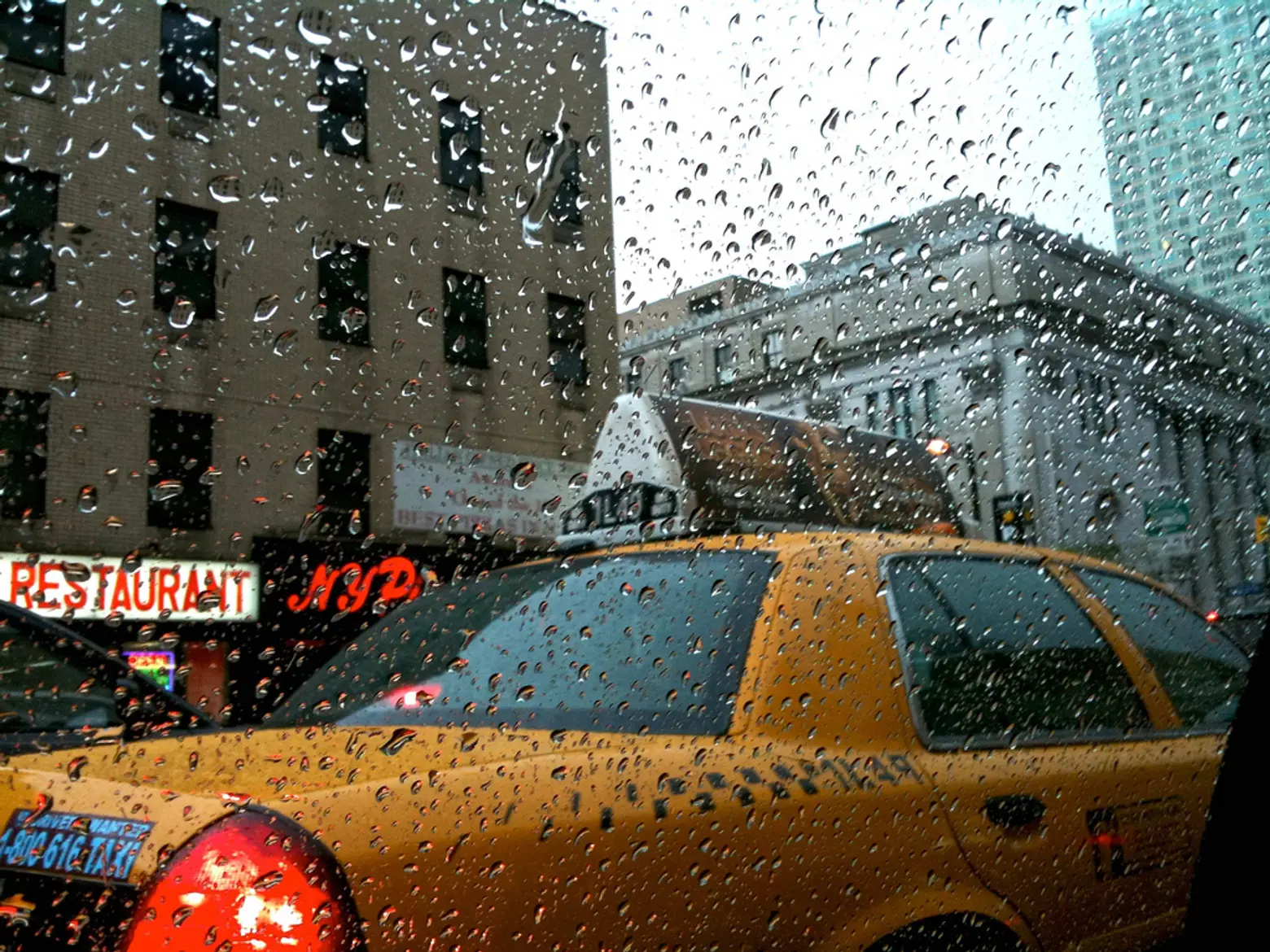
Nobody likes getting stuck out in the rain especially when you’ve got places to go and people to see. This poses a problem for many New Yorkers because more often than not when its raining, finding a vacant taxi is damn near impossible. In a city that normally puts convenience at your finger tips, it’s somewhat perplexing as to why this is not also true for taxi cabs in NYC. One would think that the number of taxis on the road would increase when demand for their services is at its highest. As it turns out the opposite is true, and there are many people looking into this peculiarity. In an attempt to find some answers, a recent article published on citylab.com examines a few theories surrounding the conundrum that have been developed by some scholars studying economic behavior.
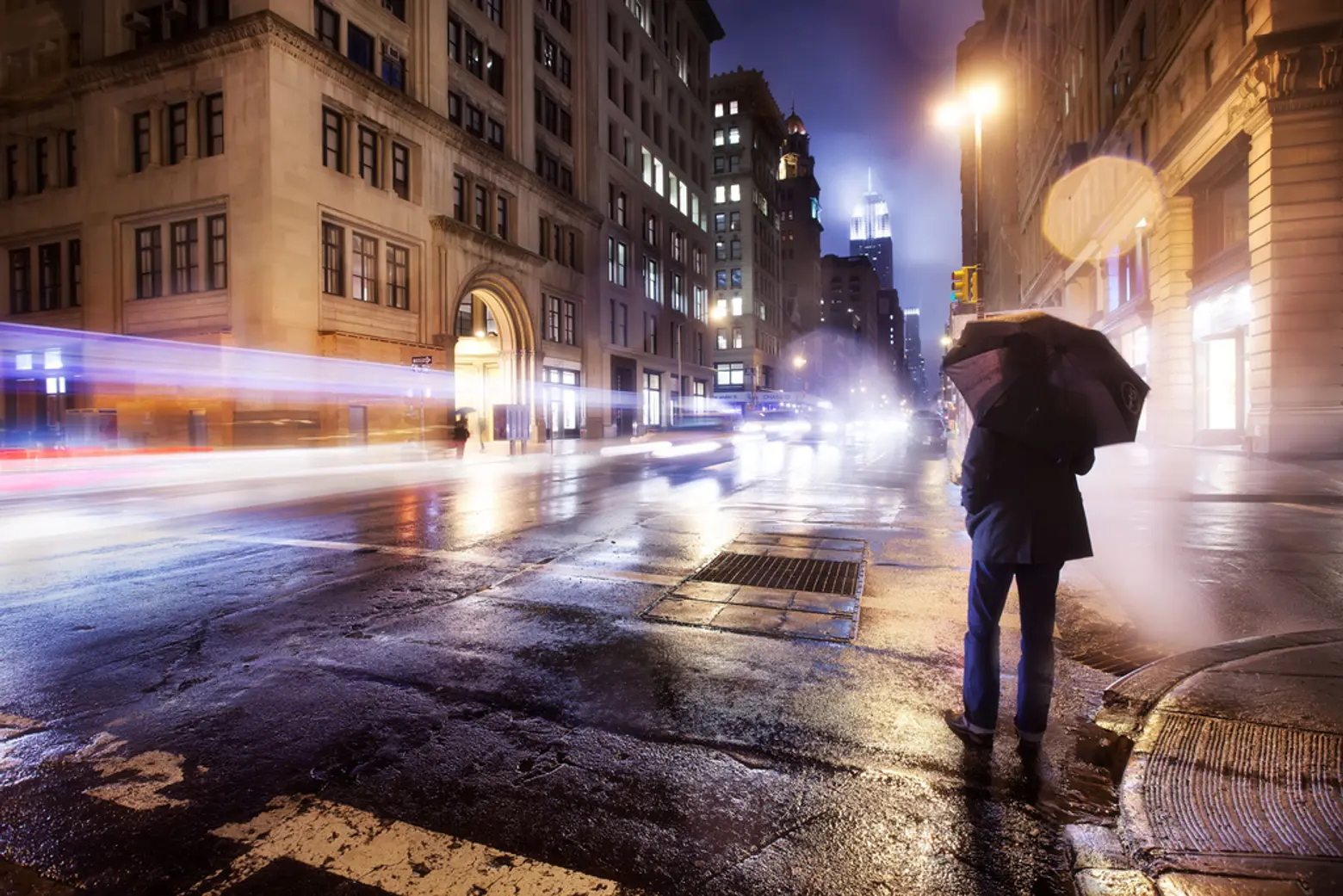 Image via Chris Ford
Image via Chris Ford
The article focuses on two different theories to help explain the cab shortage. The first concept comes from Cal Tech behavioral economist Colin Camerer and is referred to as “income targeting”. Basically what this theory says it that cab drivers work towards earning a specific amount of money for each shift. Therefore, when they’ve reached that target their day is over, and there is one less cab on the road. In this case, when it’s raining their shifts are shorter because their rates are higher and they’re able to reach their target faster, thus leaving the rest of us out in the rain. Camerer and collaborates conducted a study where they analyzed 3,000 taxi meter readings to equate the rate for cabs when it is raining and they found strong evidence to support the income targeting theory.
However, a more recent working paper from Princeton economist Henry Farber has concluded a different theory that contradicts Camerer’s previous conclusion. In his study Farber compared the complete five-year record of the New York City taxi movement from 2009 to 2013 with rainfall data in Central Park during the same period of time. In his analysis he was unable to make a connection between the driver’s hourly wage and rain in the city. Instead his hypothesis attributes the decrease in taxis to difficult driving conditions caused by the rain. His study concluded that on average there are 7% less cabs on the road, and that the decrease is not associate with money or increased fairs.
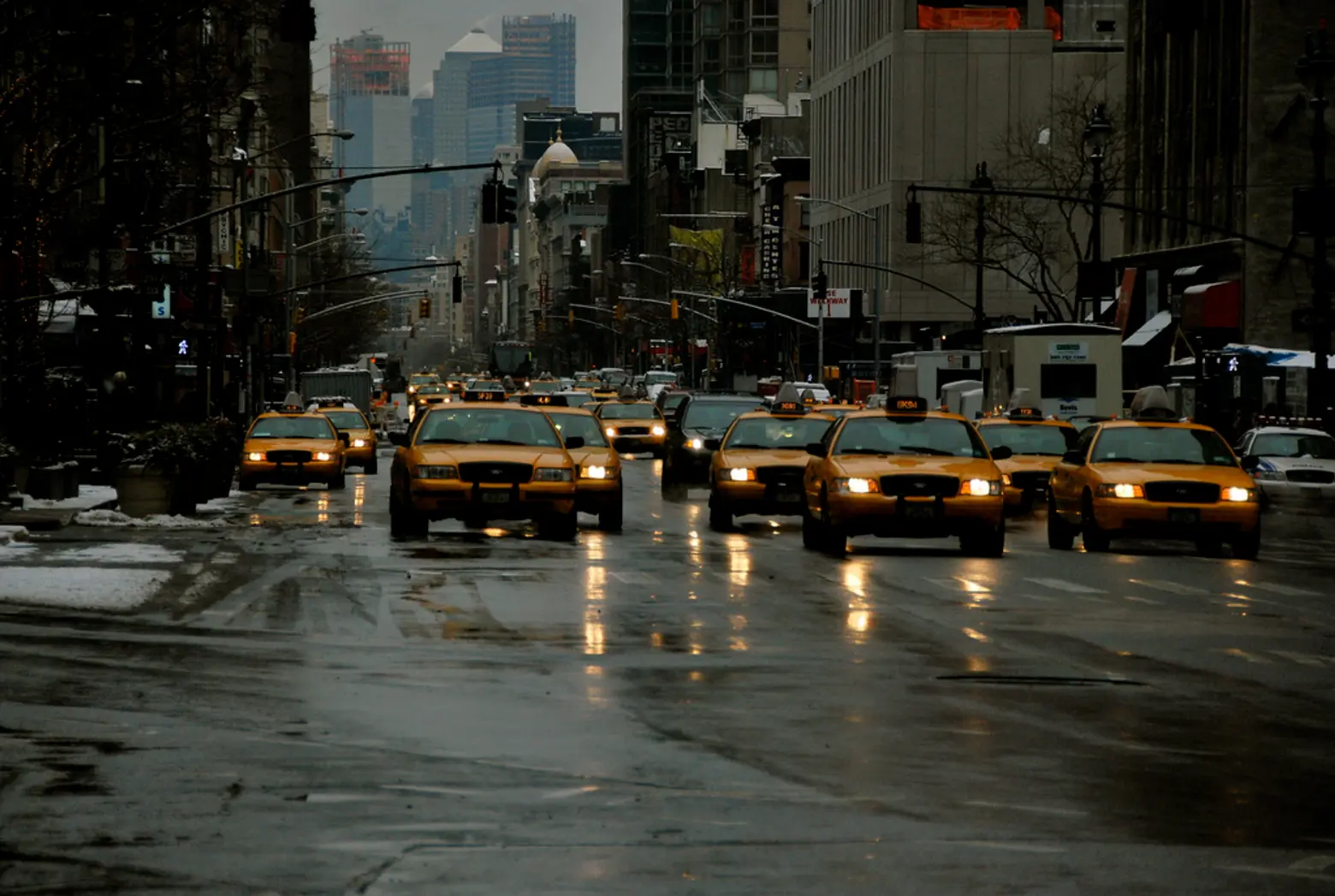 Image by Tathi Sobroza
Image by Tathi Sobroza
While the debate over why it’s hard to get a cab in the rain continues, the solution maybe closer than one would expect. E-hail services like Uber, that increase fairs during periods of high-demand, are helpful in the short-term. Furthermore, it is possible that in the future New Yorkers rainy day blues could be washed away entirely when driverless taxis are integrated into the city’s existing transit network.
You can read more about this topic and other urban inspired articles here.
Featured image by Brad Smith

